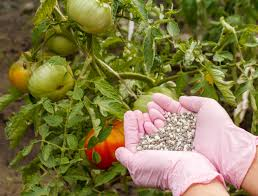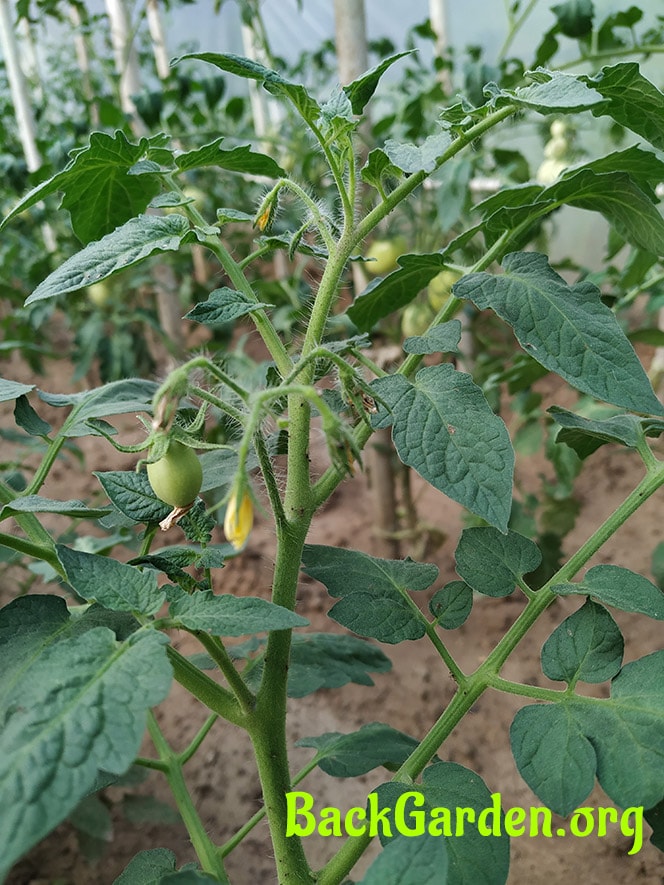Are your tomatoes failing to produce fruit, even after giving them ample attention? Don’t worry—you’re not alone. A common issue faced by tomato growers is the inability of flowers to set fruit. When flowers fail to transform into fruit before wilting, it’s called lack of fruit set. This can be frustrating, but the good news is that there are a few common reasons for this problem that are relatively easy to fix.
Here are the top three reasons why your tomato plants may not be setting fruit, along with some practical solutions to help get your plants back on track.
1. Insufficient Pollination
While tomatoes are self-fertile, meaning each flower can pollinate itself, they still benefit greatly from external pollination. Bees, especially bumblebees, play a vital role by shaking pollen loose from the flower’s stamens through a process called “buzz pollination.” In addition, wind helps disperse the pollen to the stigma, the female part of the flower that catches it.
If you’re growing tomatoes in a greenhouse or polytunnel, pollinating insects may have trouble accessing your plants. To improve pollination, open vents and doors to allow bees and wind to reach the flowers. You can also mimic pollination by gently shaking the plants or by tapping the support structures, like canes or string-lines. This helps dislodge pollen and increase the chances of fruit set.

2. High Heat Levels
Tomatoes thrive in warm temperatures, but excessive heat can negatively impact pollination. If daytime temperatures exceed 30°C (86°F) and nighttime temperatures stay above 24°C (75°F), the pollen becomes sterile, which means no fruit will set.
Unfortunately, there’s not much you can do during a heat wave except keep your plants well-watered and healthy. Once the temperatures drop, your plants will be better positioned to resume fruit production. Consider growing heat-tolerant varieties suited to your climate, as some tomatoes are better equipped to handle high temperatures.

Humidity also plays a role in pollination. High humidity can clog pollen, preventing it from reaching the stigma, while extremely dry conditions can make pollen less sticky and cause it to roll off the flowers. To help, water your plants regularly to maintain the right humidity levels around the flowers.
3. Lack of Fertilization (or the Wrong Type)
Tomatoes need plenty of nutrients to grow healthy and productive, especially once they start flowering. Even if your soil is rich, it’s important to feed your plants with a high-potassium fertilizer once the flowers appear. Potassium (or potash) is essential for flower initiation and fruit production.
You can use an off-the-shelf tomato fertilizer or make your own homemade liquid fertilizer. Comfrey is a great plant to grow for brewing your own high-potash fertilizer. It’s easy to grow and incredibly beneficial for your garden.

Ensuring proper fertilization throughout the growing season will help keep your tomato plants strong and productive, leading to a better fruit set and an abundance of tomatoes.
By addressing these three common issues—pollination, temperature, and fertilization—you can greatly improve your chances of having a successful tomato harvest. With a little patience, your plants will bounce back, and soon you’ll be enjoying a bounty of fresh, homegrown tomatoes!
